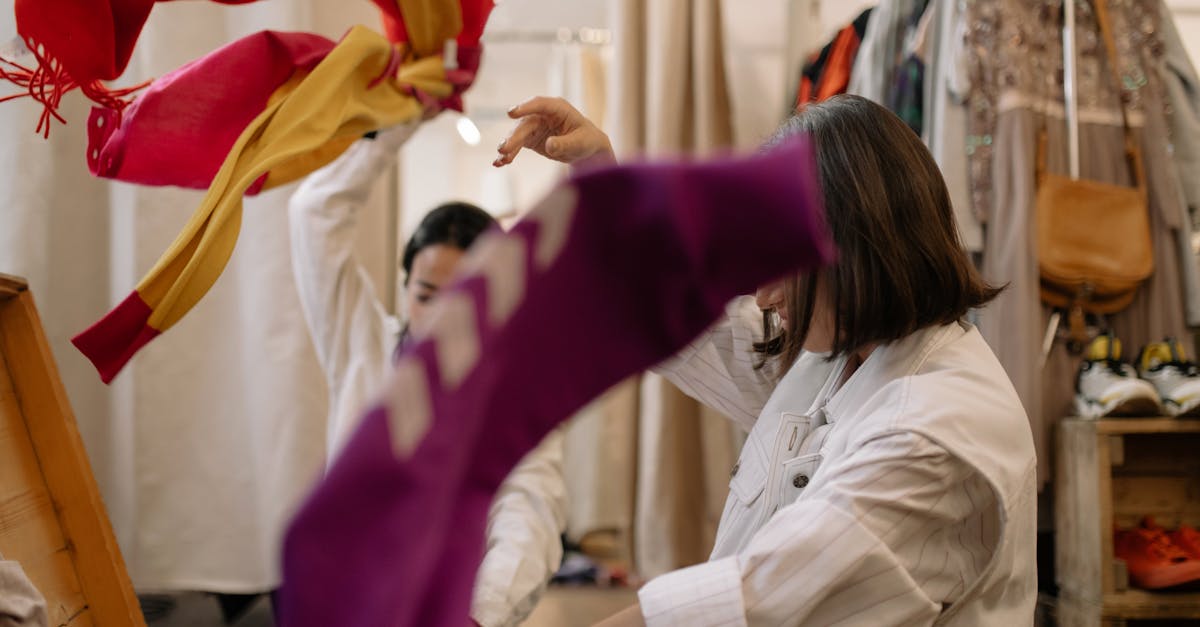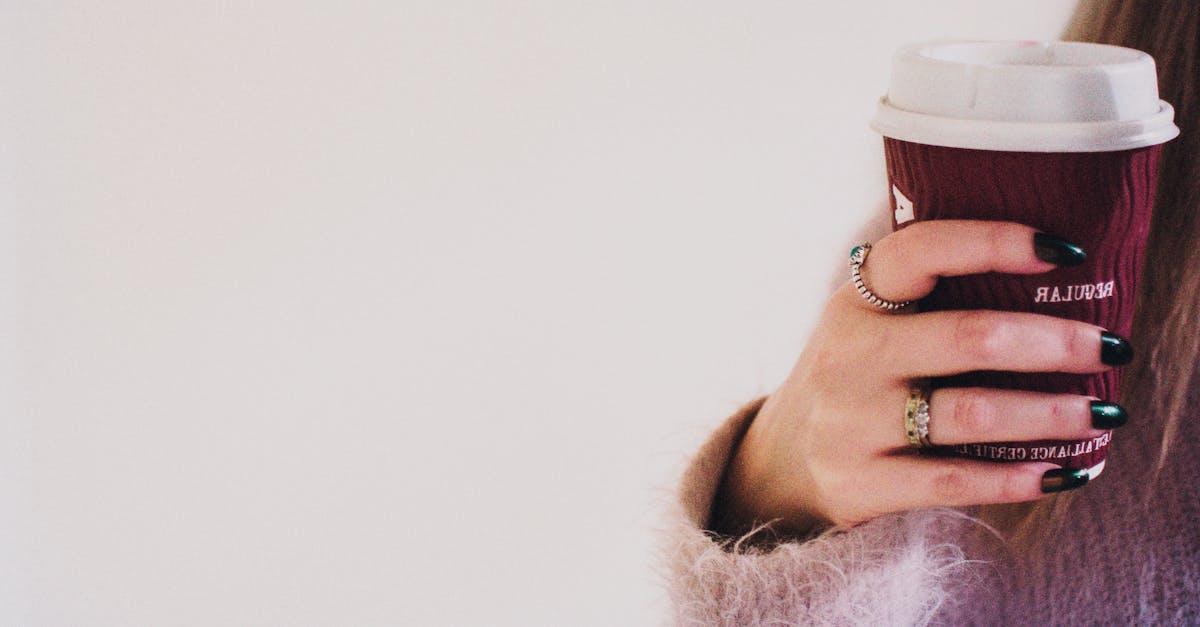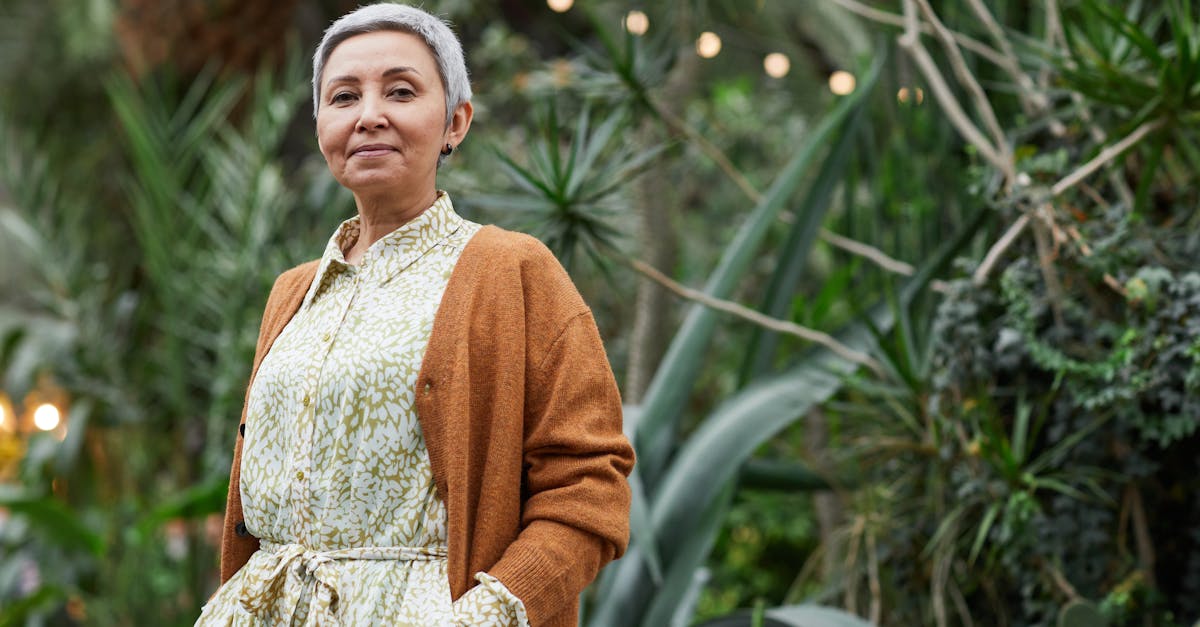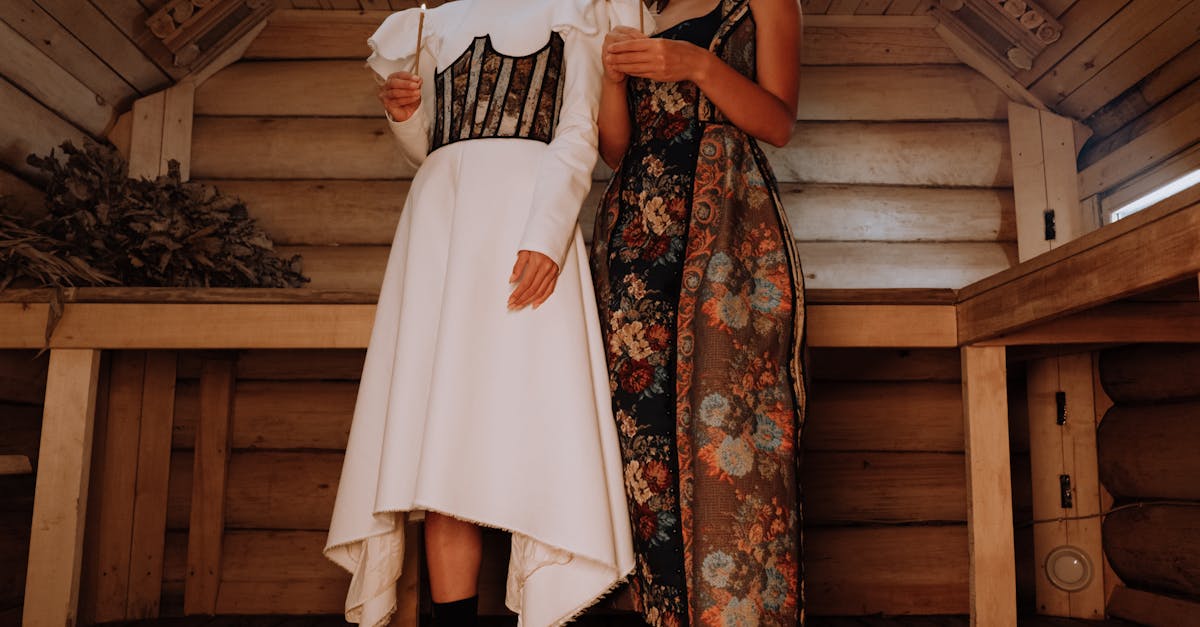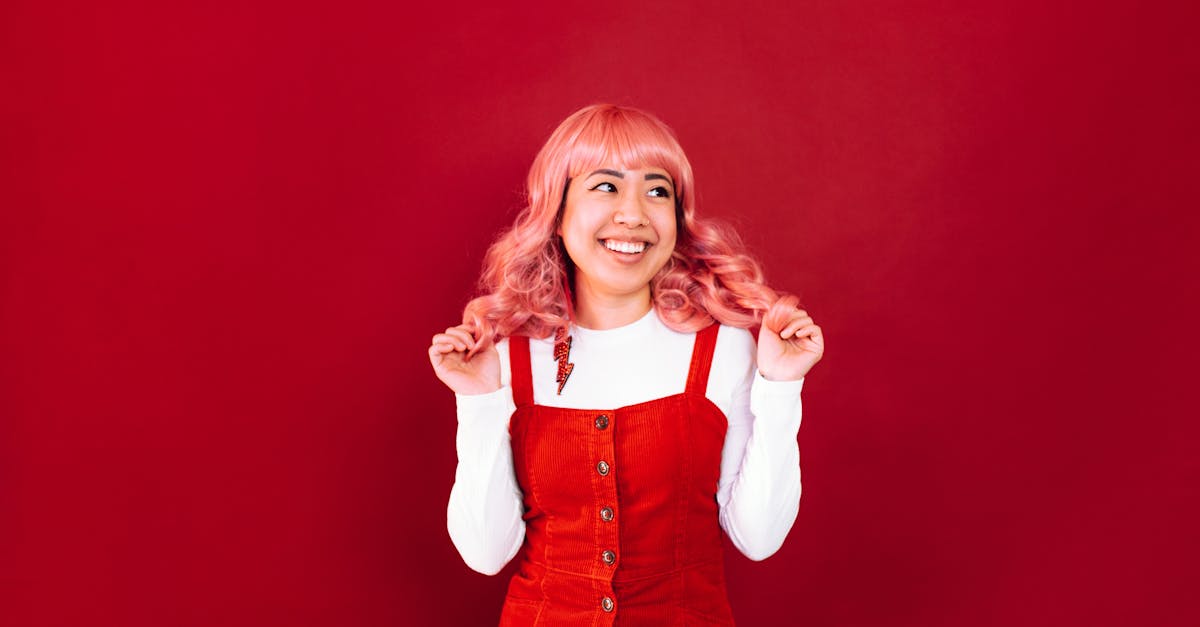The History And Evolution Of Thrifting In Fashion Culture
Introduction
Thrifting has journeyed from a practical necessity to an influential aspect of modern fashion culture. As society evolves, so does thrifting, morphing from a stigma-ridden practice to a mainstream trend embraced by the masses. The allure of uncovering unique, sustainable, and affordable pieces drives its continuous appeal. But what is the historical progression behind this fashion phenomenon? How has thrifting transformed over the decades, influencing the way people perceive and engage with fashion? Through exploring its origins, societal shifts, and cultural significance, we can unravel the fascinating story of thrifting in fashion culture.
Advertisement
Origin of Thrift Shops
The concept of thrift stores began in the late 19th century, emerging as a response to industrialization and urbanization. As cities expanded, so did the need for clothing bargains. Organizations, such as the Salvation Army, set up the first thrift stores, aiming to address clothing waste and provide affordable options to those in need. Secondhand clothes became a practical solution for many, offering a cost-effective alternative for large working-class families. Though initially stigmatized, these shops provided the foundation for what would eventually evolve into today's popular thrifting culture.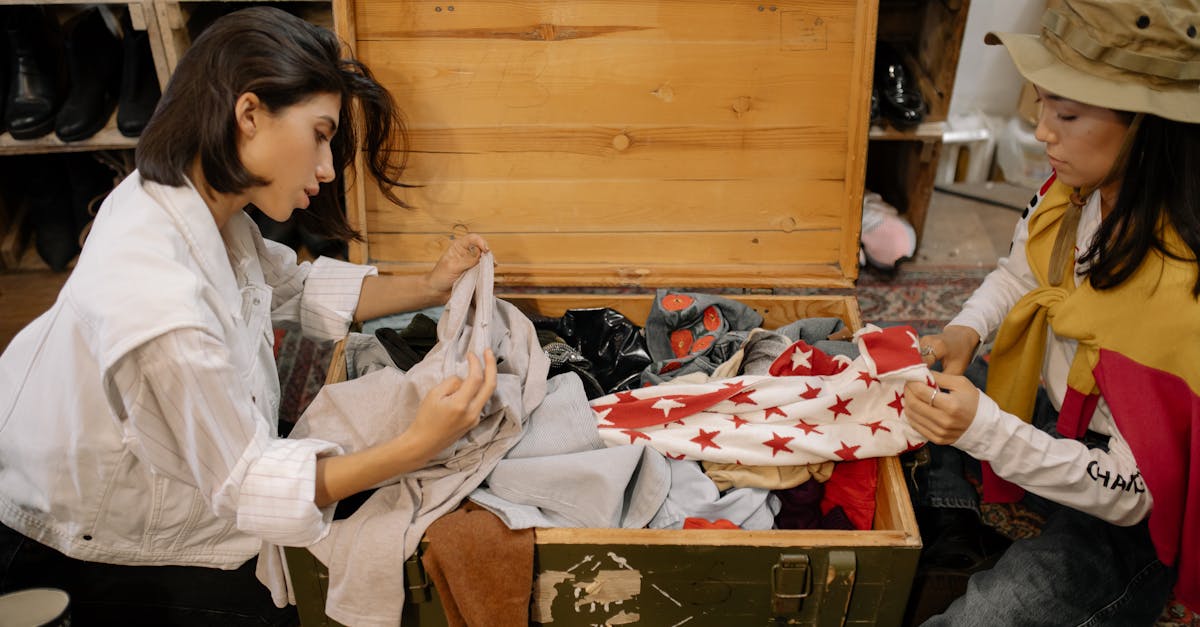
Advertisement
Thrifting Through the Great Depression
The Great Depression of the 1930s further cemented the role of thrift stores in American society. Economic hardship forced families to seek out secondhand items as a necessity rather than choice. Thrift shops thrived, offering affordable solutions during an era of scarcity and frugality. This period marked a significant turning point, transforming public perception of secondhand goods from being a source of shame to a testament of resourcefulness and survival. This era fostered a sense of community, as thrift stores became hubs for sharing and supporting neighbors during dire times.
Advertisement
Counterculture and Secondhand Style
The 1960s and 1970s counterculture movements propelled thrifting into a more fashionable light. As young people rebelled against conventional norms, they turned to thrift stores for unique, expressive clothing that set them apart from mainstream society. Secondhand shopping became synonymous with individuality, allowing individuals to curate personalized styles unmatched by typical retail outlets. This era saw a shift in attitude, celebrating the eclectic and rejecting the mass-produced. Thrifting eventually became woven into the very fabric of countercultures such as the Hippies and Punks, embracing thrifted clothing as part of their identity.
Advertisement
The Rise of Vintage
By the 1990s, thrifting had become a blend of passion and preservation with the growing interest in vintage fashion. As society embraced nostalgia, demand for pieces from bygone eras surged, and thrift stores transformed into treasure troves of historical fashion finds. Vintage provided both an environmental and aesthetic statement, as people sought to revive past styles while reducing waste. This period led to the emergence of boutique secondhand shops and vintage markets, elevating the status of thrifted goods to chic collectibles and further propelling their desirability.
Advertisement
Sustainability and Ethical Fashion
In recent years, the fashion industry has turned towards sustainability, and thrifting has taken a central role in promoting ethical fashion practices. Concerns over fast fashion's environmental impact and labor issues have driven eco-conscious consumers to seek out secondhand alternatives. Thrifting encourages circular fashion by extending the life cycle of garments and reducing the demand for production-intensive new clothing. It provides a way to combat wastefulness, empowering individuals to make conscious choices that benefit society and the planet. This shift has nurtured a new wave of thrifters, changing motivations and priorities.
Advertisement
The Internet Revolution and Thrifting
The rise of digital platforms has redefined what it means to go thrifting. Online marketplaces and apps like Depop, ThredUp, and Poshmark have made secondhand shopping accessible to a global audience. The convenience of browsing and purchasing thrifted items from the comfort of one's home has democratized thrifting, opening up new markets and expanding its reach beyond physical store locations. Social media has further amplified this reach, with influencers and secondhand enthusiasts sharing their curated finds, styles, and sustainability journeys, inspiring a global community to rethink their fashion choices.
Advertisement
Celebrity Influence and Mainstream Appeal
Thrifting has seen a significant surge in mainstream popularity, fueled by celebrities and influencers who champion its value. Public figures embracing thrifted fashion have steadily dismantled the perception of secondhand as "less than," showcasing their stylish thrifted outfits on red carpets and social media. The glamorization of thrift shopping by fashion icons has cemented its place in contemporary culture, shaping the industry as designers incorporate vintage and secondhand looks within their collections. This visibility highlights the transformative journey of thrifting, completing its evolution from a sign of financial hardship to a beloved lifestyle choice.
Advertisement
Challenges and Future Prospects
Despite its growing popularity, thrifting still faces challenges, including the gentrification of thrift stores and rising prices that impede accessibility for low-income shoppers. Additionally, increased demand for specific styles has led to inflated prices and oversaturation in certain markets, sparking debates over exclusivity versus inclusivity. However, innovations in AI-driven inventory management and virtual try-on technologies hint at a bright future. The continued emphasis on sustainability and circularity suggests that thrifting will maintain its relevance, adapting to changing consumer dynamics while staying true to its roots as a purveyor of society's fashion heritage.
Advertisement
Conclusion
Thrifting's evolution mirrors societal changes, shaping and being shaped by the cultural landscapes of each era. From early utilitarian beginnings to an emblem of sustainability, thrifting has journeyed far due to its adaptability and universal appeal. Today, it thrives as a trendy and conscious lifestyle choice, embraced by individuals worldwide who seek style that tells a story. As we look to the future, thrifting stands poised to continue influencing fashion dialogue, offering endless possibilities for creativity and responsible consumption. Ultimately, thrifting remains a powerful testament to the enduring relationship between fashion, individuality, and the environment.
Advertisement
